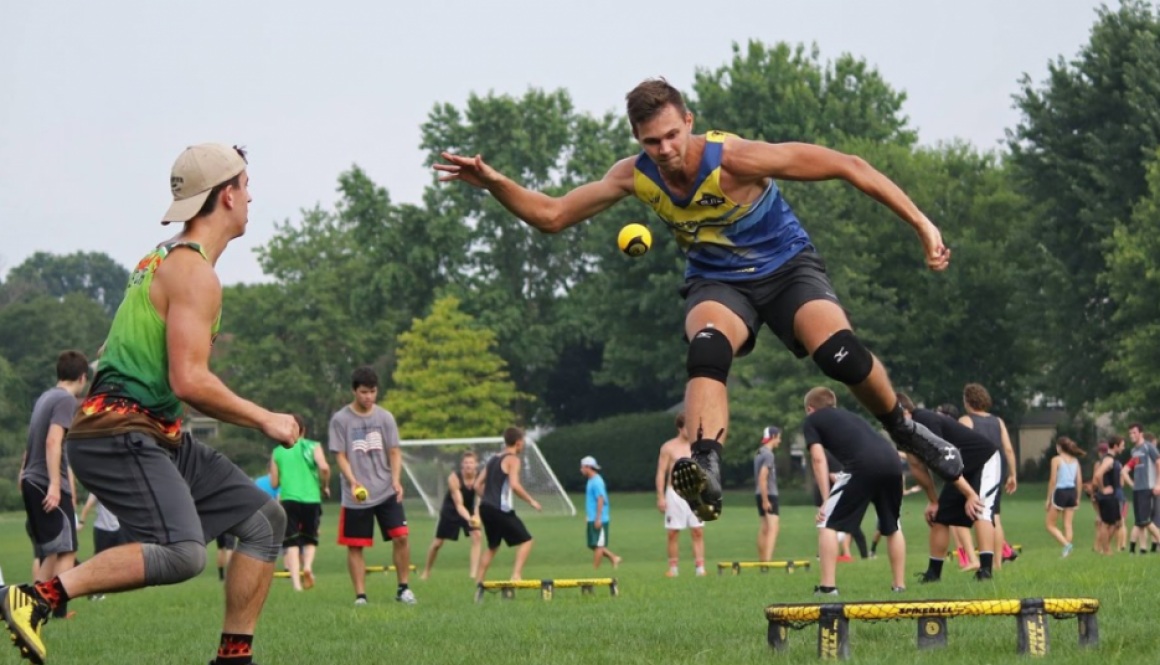Spikeball – Magoo or Elite?
Spikeball – Magoo or Elite?
DYOR Dave

For anyone who recalls what life was like before lockdown, you might remember a strange game popping up in parks, universities and beaches around the nation. At first, many dismissed this trend as merely a sport for those who couldn’t play sport. Populated by bible studies groups and computer science students, I distinctly remember scoffing upon walking past several games in the university quad.
“Magoo,” was the first thought that crossed my mind, as I wandered to my film studies class 15 minutes late like the cool person that these Spikeballers wished they were. But after a rapid period of desensitisation where I grew accustomed to seeing horizontal nets at local beaches and parks, it was inevitable that I would eventually be dragged into the game.
Now, with about 3 sets between our group of mates, I can no longer avoid the sport nor can I deny its entertainment value. So, having been on both sides of the argument, it’s time to once and for all investigate whether this sport is elite or Magoo.
Spikeball (or roundnet) is played between two teams of two players equally spread around a horizontal circular net a few inches off the ground. To begin the game, one player serves by hitting the ball into the net towards their opponent. Much like volleyball, once the ball is live, players have three opportunities to return the ball by hitting it with any body part back onto the net. Points are won only on service, when the opposing team is unable to keep the ball in play.
Originally created in 1989 as a Toys R Us game, the sport experienced a renaissance in the 2010s, with updated equipment, standardised rules, and increasing availability worldwide. Since then, it has grown mainly in the US, with national college championships held yearly since 2017, and a planned international tournament in Belgium that was canceled in 2020 due to the pandemic.
The game draws influence from handball, a classic schoolyard game that even the most weathered sportsman can enjoy, and carries with it the potential for lucky trick shots and miracle returns. Furthermore, the recent partnership with Dunkin’ Donuts has seen it bend over for the corporate dollar, just as any professional sport worth it’s salt would.
Perhaps fittingly, the game was adopted in the US by Mennonites, a religious group that emphasises peace, and despite stemming from Amish traditions, know their way around technology. This popularisation among religious pacifists reflects the vanilla characteristics of the game, which sees far fewer bone-rattling moments than your average ball sport, yet it has still been recognised by some of America’s biggest athletes, like Dallas Mavericks players Luka Doncic and Tim Hardaway Jr.
On the spectrum between Magoo and elite, it’s fair to say that while not reaching anywhere near the heights of Rugby League, it certainly surpasses many sports seen in the Olympics like Taekwondo or synchronised swimming. My conclusion on this is as follows: Spikeball is about as Magoo looking as any sport on the planet, but once you jump in and get involved, its actually kinda elite.
Fancy yourself as a bit of a writer? Got some unqualified opinion and unwavering bias you’d like to share with the world? Send it through to dyor@hellosport.com.au to be featured on the site

